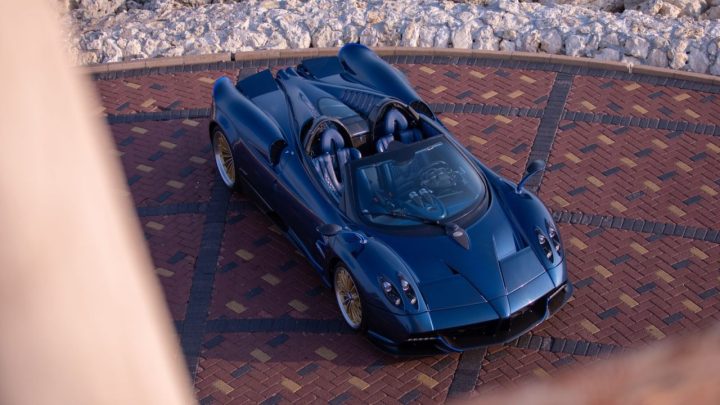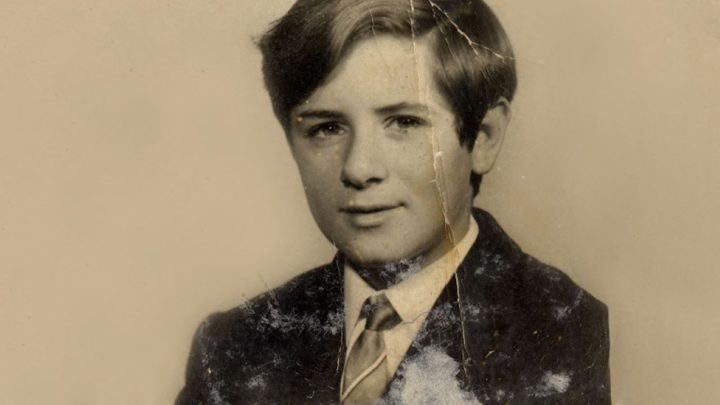
With Horacio Pagani, when passion burns strong and true, it is bound to break the surface even at a very young age. A young boy born to Italian immigrants in Argentina, his father a baker by craft, used what was abundant to mold cars according to his vision: that was with flour and water. Little did anyone know that many years later, this same boy would become an entrepreneur himself and would go on to become the founder of one of today’s most respected and revered names in the world of super and hypercars.
Here is a look at his journey.
Horacio Pagani, Automotive Entrepeneur, Founder and CEO of Pagani Automobili S.p.A.

Photo: Pagani
Shaping with dough was but a precursor to later on working with balsa wood, making furniture, molding fiberglass, and most significantly, after constructing the Mays JMF Roughness Meter, an homage to legendary Formula 1 driver, Juan Manuel Fangio, Horacio decided to move to Italy to pursue his passion. With nothing but a letter of recommendation from Fangio himself, the 20-year old baker’s son secured a job with Lamborghini through grit and persistence. Passion, it seemed, was a given constant, and he was promoted rather quickly to Chief Engineer.
It was during Pagani’s tenure here that he created what was to be the indelible mark of his career: the Lamborghini Countach Evoluzione. It may or may not have come as a surprise, but many automotive bodies gave such favorable reviews and rewards to the Countach. Still, none of it seemed to be enough for the baker’s son.

Photo: Pagani
Pagani eventually asked Lamborghini to put up an autoclave to be able to create its own carbon parts, and possibly further the Evoluzione’s design and growth. Sadly, this did not happen. Not one to be disheartened, he found ways to purchase his own autoclave by borrowing money for the capital. Through this personal venture, Modena Design was born. Now, he had a bigger playing field. With designs in his head, engineering in his heart, and building in his blood, he began creating carbon fiber composites and other advanced composite materials for road cars, and even Formula 1. But he was far from stopping.
Fast forward to 1992, his legacy was founded: Pagani Automobili Modena. With the success of the Zonda, its first “production” car in 1997, dreams of making it better brought Fangio back into the fold. As if creating only 135 units was not enough to contribute to its value and its appreciation, the Zonda was reborn into the Zonda F, following Fangio’s input and contributions to the base platform’s engineering.
After another recommendation from the well-respected F1 driver, Horacio then went on to become the engine supplier of AMG, the high-performance division of Mercedes Benz. At this point, he began working with many more automotive manufacturers. More than 2 decades since his humble beginning, their newest and most high-tech factory has already begun operations. Following the Zonda was the Huayra, and with this new plant, they seek to make their best even better with a new Huayra concept.
As it stands, we have already moved past the Huayra into more eye-watering designs and hypercars from its factory. If one thing is for sure, Pagani is here to stay, and that’s already been established.

Photo: Pagani
It is one thing to have your name up in signs and lights, but it is another thing to actually live and be the spirit behind it. From flour and water to steel and carbon fiber, the baker’s son has moved up from his simple beginnings, but we’re willing to bet that he has not even reached the tip, and is far from the pinnacle of the best that he still has to bring us. I reckon I’d love to see what’s coming next. And undoubtedly, it only gets better from here.


